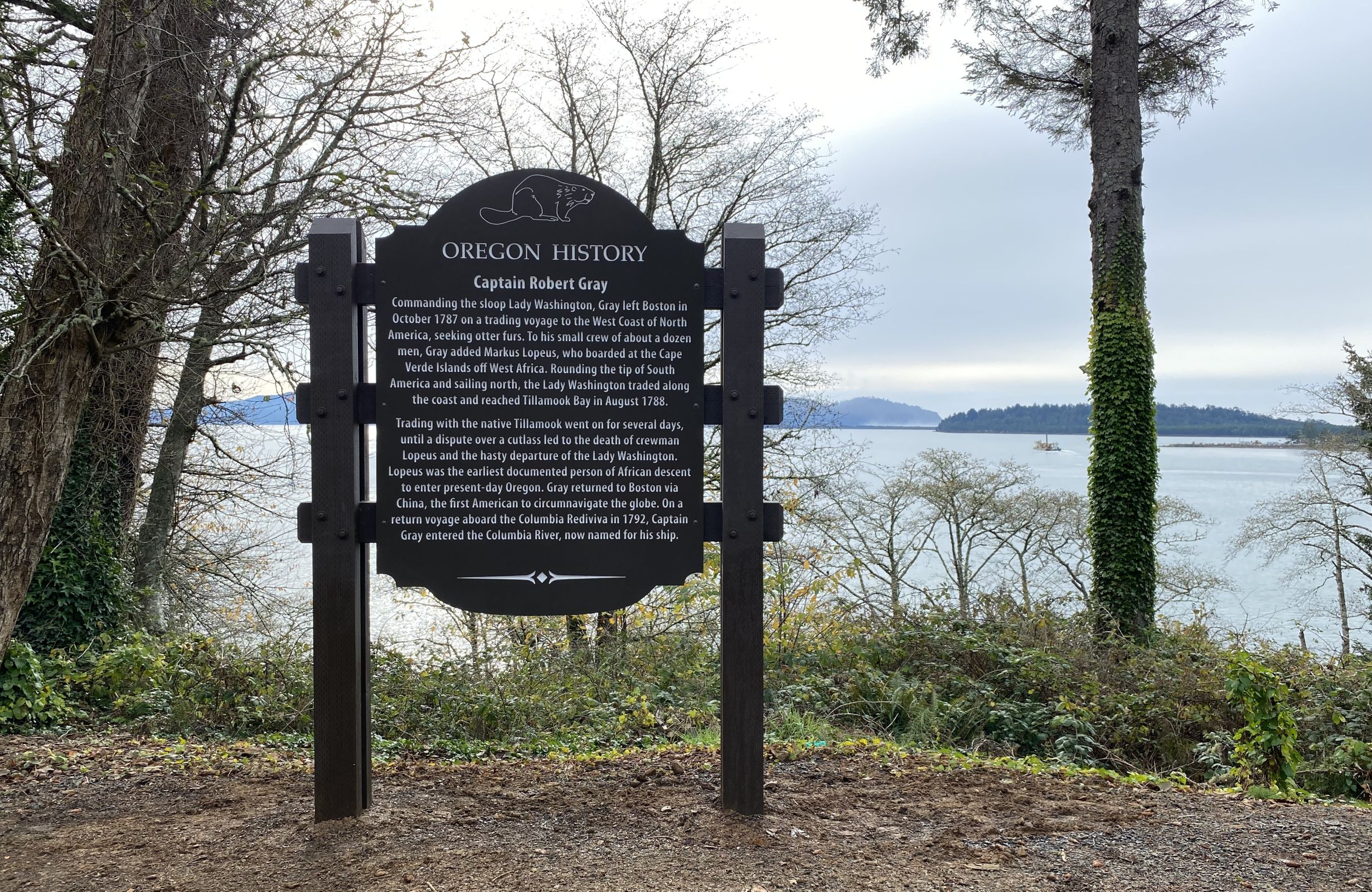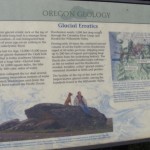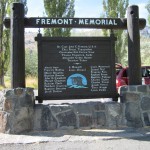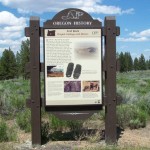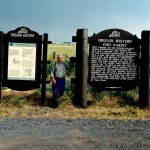Heppner Flood
Posted on: October 15th, 2024 in Historical Marker Details |
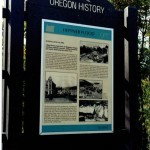
SUNDAY, JUNE 14, 1903A flash flood swept down on Heppner, and caught residents unaware, killing hundreds and destroying nearly the entire town. A cloudburst hit in Balm Fork Canyon, south of Heppner. The rushing waters tore down the narrow canyon, picking up haystacks, chicken pens and livestock and piled it all up behind a steam laundry that straddled the canyon near the edge of town. This very effective dam held …
 Payments
Payments

